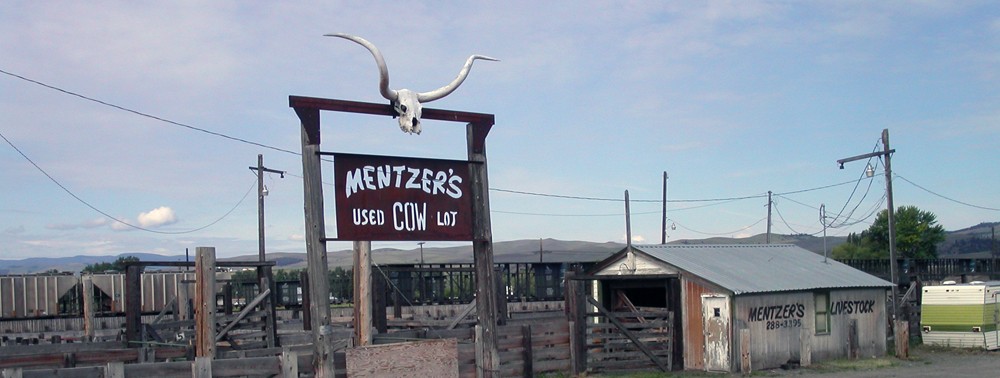
How many layers of resistance are embedded in this poster?
This poster is one of three affixed to a boarded-up storefront in Washington, D.C.’s Anacostia neighborhood. The storefront, like many other properties in this community East of the Anacostia River, is an active worksite in the Martin Luther King Jr. Ave. corridor. Anacostia once was a predominantly African American neighborhood stigmatized for its poverty and its perceived high crime. Now, Anacostia is prime real estate ripe for reinvestment, redevelopment, and gentrification.
Public space like the boarded-up storefront is a communications free-for-all where graffiti tags compete with concert flyers, community event announcements, and protest statements. With advocacy organizations and artists appropriating the language and imagery of resistance and commodifying it, discerning who is doing the resisting and why becomes fraught.
Take the poster shown above. It features an image of a Native American. The creator wants viewers to believe that the individual is Sitting Bull, a Lakota leader who united Native American groups in their resistance to white violence and displacement. The poster asks, “Now whose land is being taken?”
Sometime after the poster was installed, tags reading “Fake Art” and “Get Out White Man” appeared. Similar comments were scrawled on the other posters in the storefront.

The poster and the added messages force viewers to ask:
- Who is protesting and what are they protesting?
- Was the poster created and installed by a local (i.e., African American) artist protesting gentrification?
- Was the poster created and installed by an activist white artist?
- Do the added comments reflect African American resistance to outsider artists (some of whom may have moved to the neighborhood as part of the recent gentrification wave)?
- Do the added comments like “Get Out White Man” represent an attempt to recapture authority by taking it away from the poster creator and situating it with the tagger?
All of these questions are compelling and are typical of the types of art created in spaces change where authority and authenticity are constantly challenged.
What do other folks think?

© 2017 D.S. Rotenstein
Shortlink for this post: https://wp.me/p1bnGQ-30V
